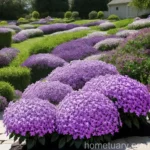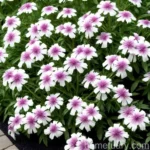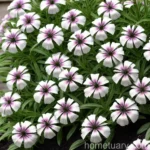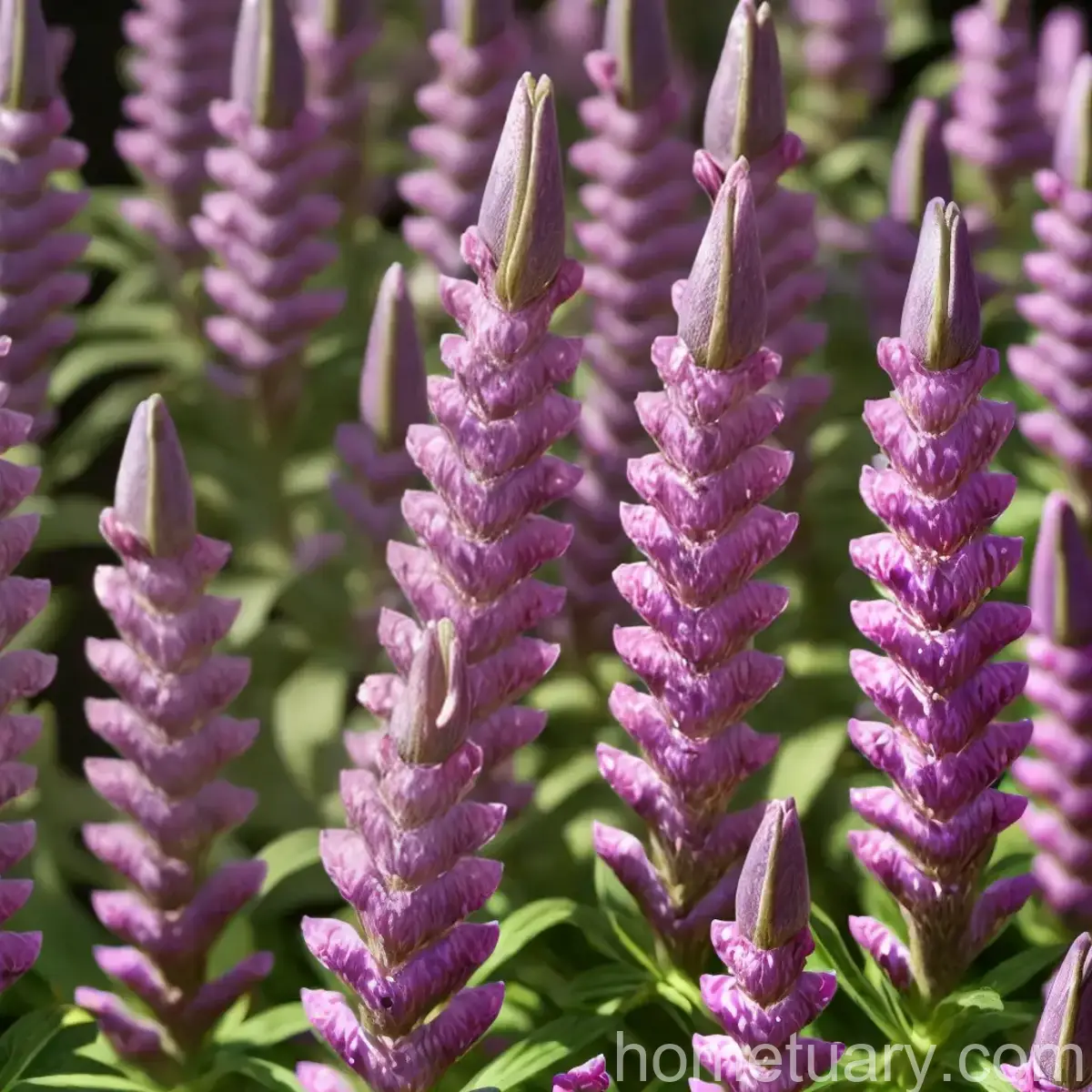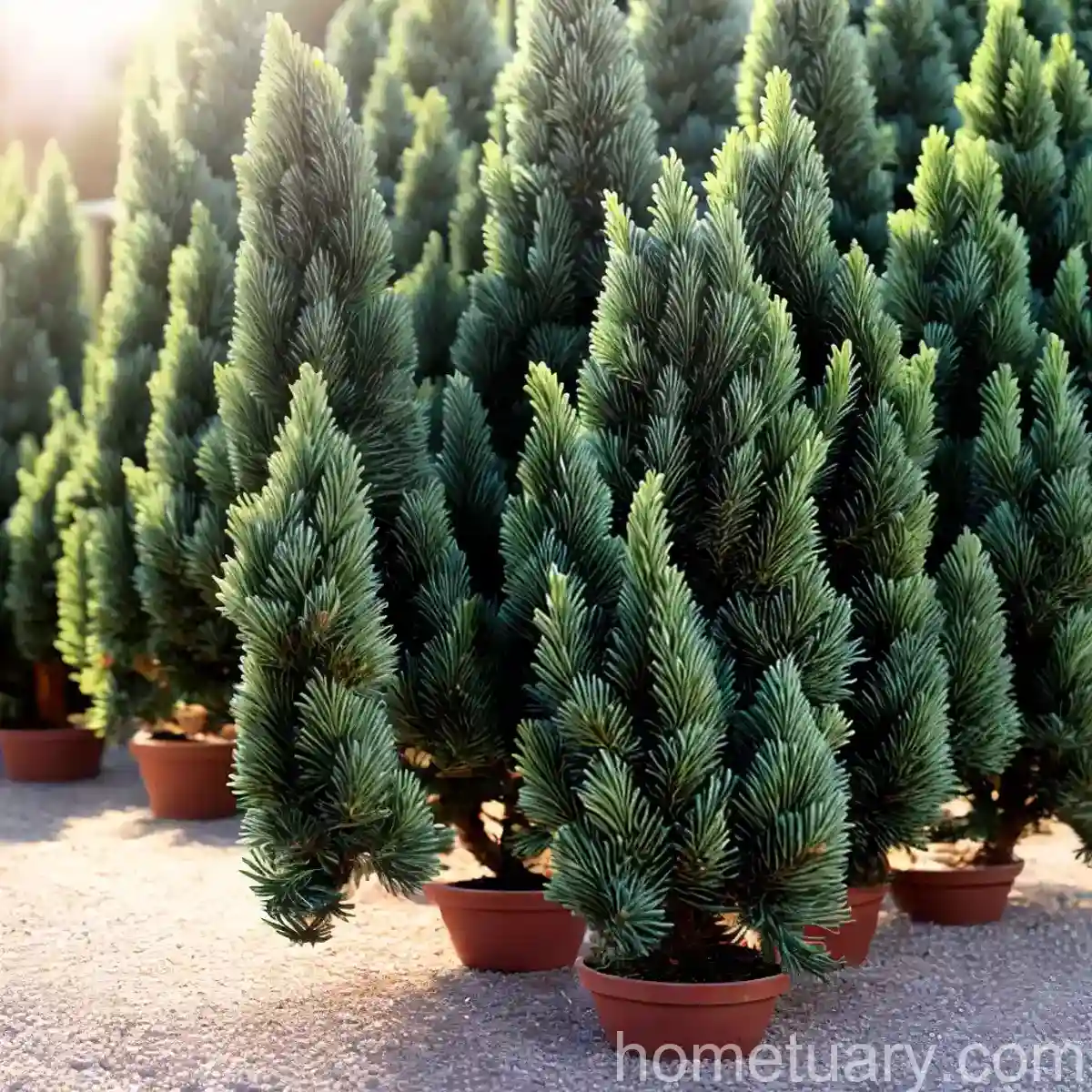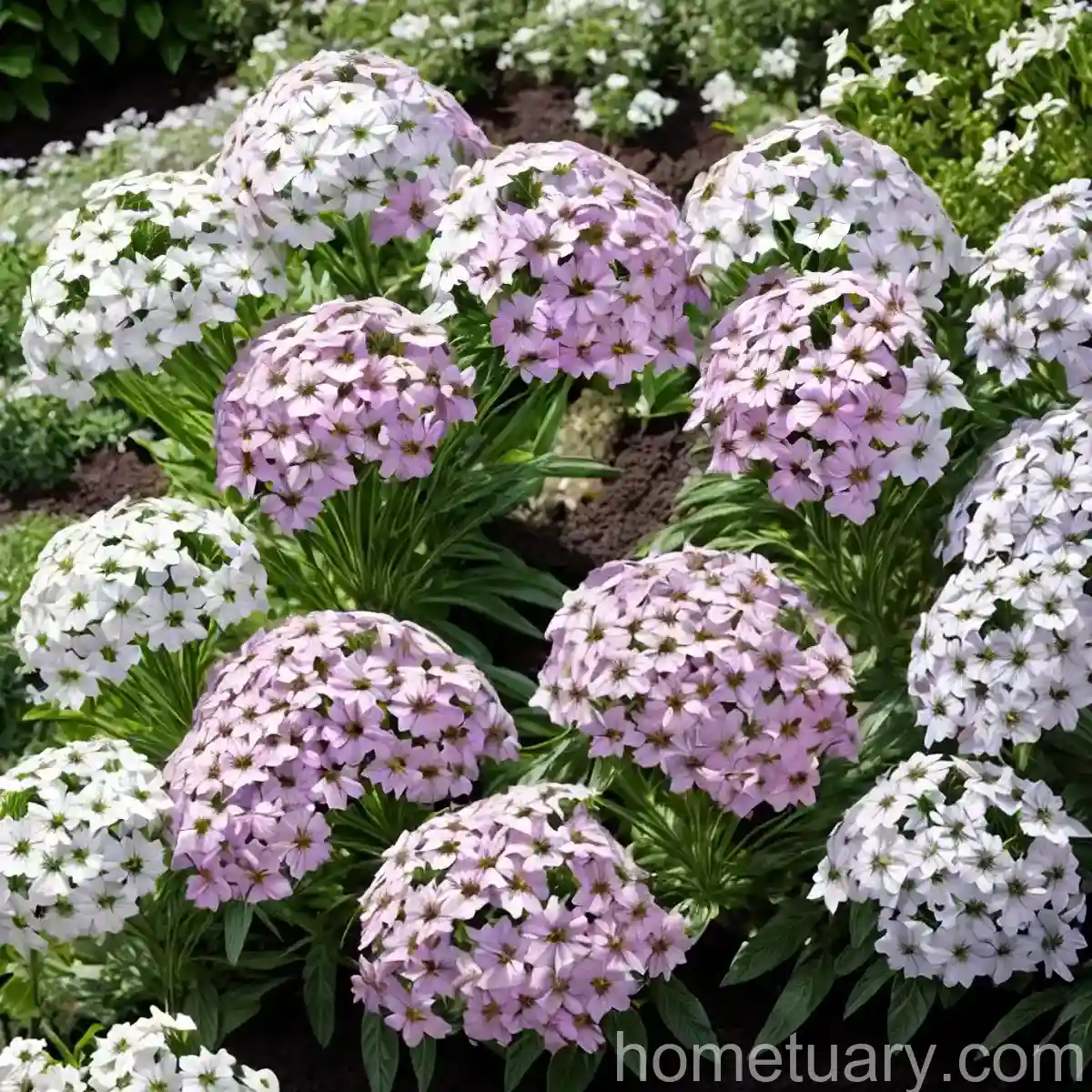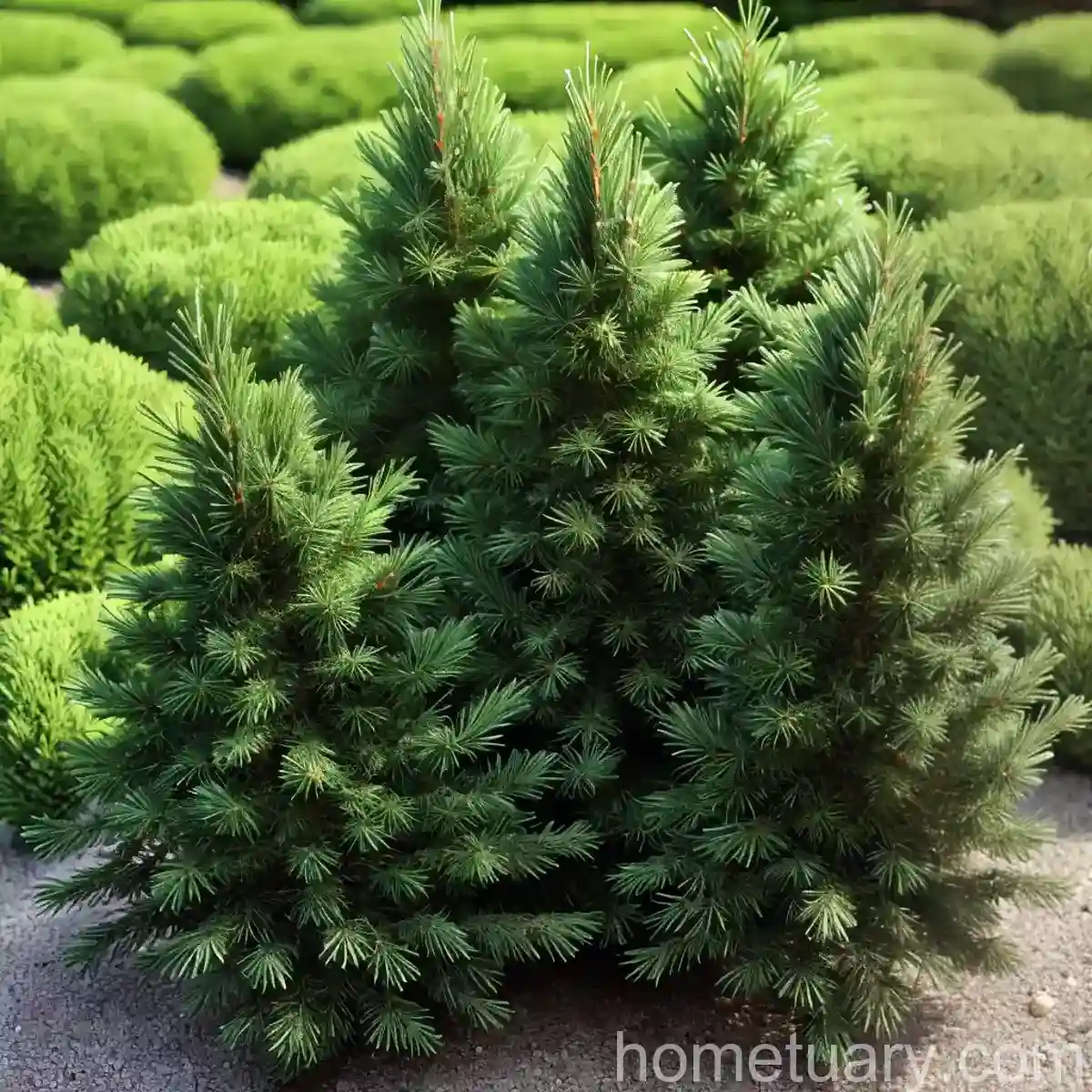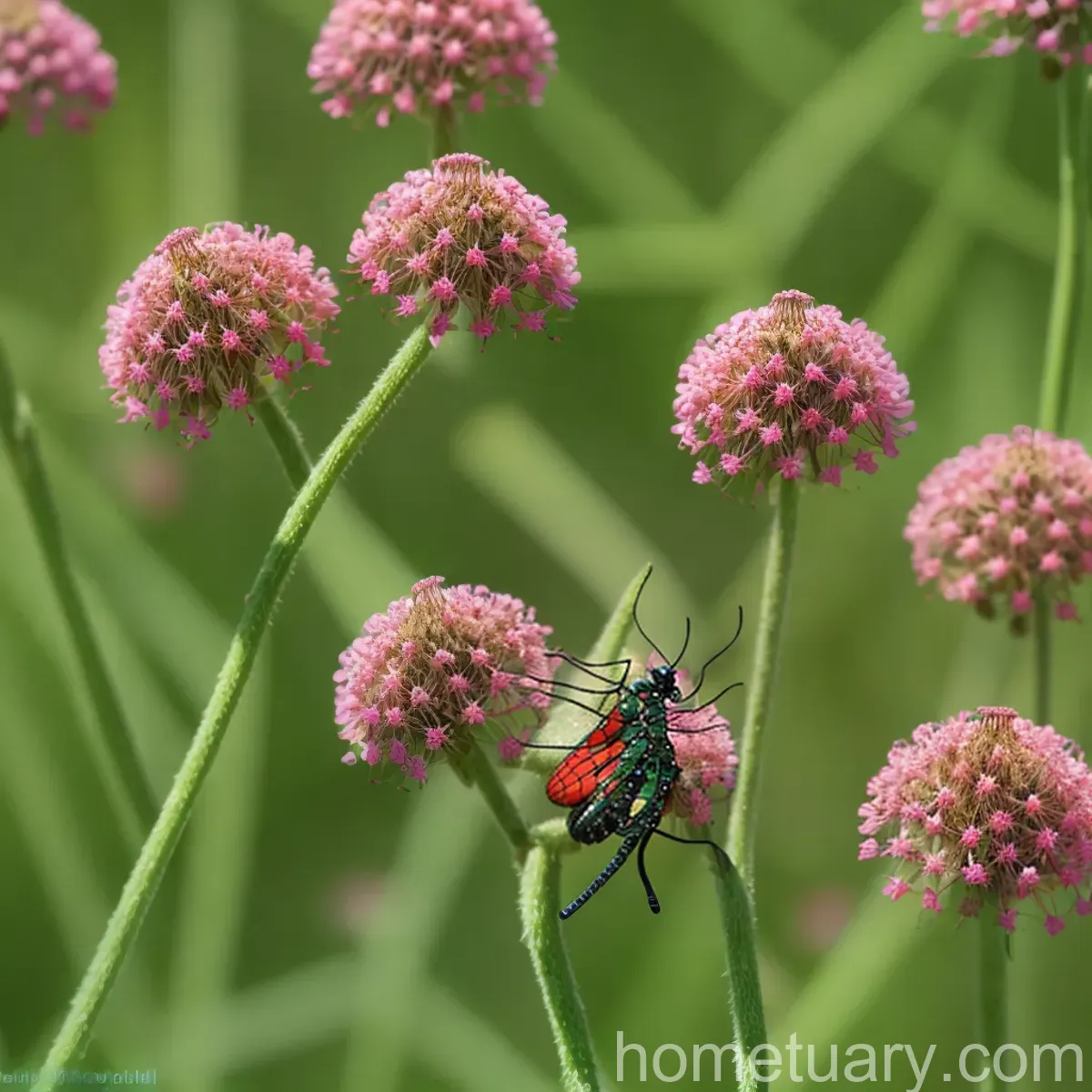Garden Phlox (Phlox paniculata ‘Katherine’)
Garden phlox, scientifically known as Phlox paniculata ‘Katherine’, is a stunning perennial flower that is prized for its beautiful clusters of fragrant blooms and its ease of cultivation. This popular garden staple is known for its ability to attract pollinators and brighten up the garden with its vibrant colors. In this comprehensive guide, we will delve into the culture, uses, and care requirements of garden phlox (Phlox paniculata ‘Katherine’). We will also cover topics such as common diseases, pests, and propagation techniques, providing valuable information for both novice and experienced gardeners.
Key Takeaways – Garden Phlox (Phlox paniculata ‘Katherine’)
Before we explore the intricate details of garden phlox, let’s take a moment to highlight the key takeaways associated with this plant:
- Scientific Name: Phlox paniculata ‘Katherine’
- Characteristics: Fragrant clusters of colorful blooms, attractive to pollinators
- Cultivation: Well-drained soil, adequate sunlight, and regular watering
- Uses: Ornamental purposes, attracting pollinators, and cut flowers
- Propagation: Division and stem cuttings
- Common Diseases: Powdery mildew, root rots
- Common Pests: Spider mites, caterpillars
- Pruning: Deadhead spent blooms to promote continuous flowering
- Container Gardening: Suitable for growing in containers
- Popularity: Widely cultivated for its ornamental value
- Fun Facts: Named varieties often have unique characteristics and are revered for their exceptional beauty and adaptability.
Now, let’s embark on an enlightening journey through the world of garden phlox, exploring its culture, uses, care requirements, and much more.
Culture
Water
Proper watering is crucial for the health and vitality of garden phlox. While these plants appreciate consistently moist soil, they are susceptible to root rots in waterlogged conditions. It’s essential to strike a balance and provide sufficient moisture without saturating the soil.
Watering Guidelines:
– Regular Watering: During periods of insufficient rainfall, water the plants regularly to keep the soil consistently moist, especially during the hot summer months.
– Avoid Overhead Irrigation: To prevent foliar diseases such as powdery mildew, avoid overhead irrigation and direct the water towards the base of the plants.
– Mulching: Applying a layer of organic mulch around the base of the plants can help retain soil moisture and reduce the frequency of watering.
Sunlight
Garden phlox thrives in locations that receive ample sunlight, typically requiring at least 6-8 hours of direct sunlight per day. While they can tolerate some dappled shade, insufficient sunlight may lead to diminished flowering and increased susceptibility to diseases.
Sunlight Requirements:
– Full Sun: For optimal growth and abundant blooms, plant garden phlox in areas with full sun exposure.
– Partial Shade: In regions with intense heat, providing some afternoon shade can help protect the plants from excessive heat stress.
Fertilizer
Applying a balanced fertilizer can aid in promoting healthy growth and prolific flowering in garden phlox. It’s essential to fertilize these plants at the appropriate times and avoid excessive application, which can lead to excessive foliage growth at the expense of flowers.
Fertilization Tips:
– Spring Feeding: In early spring, apply a balanced, slow-release fertilizer to provide the plants with essential nutrients for the upcoming growing season.
– Avoid High Nitrogen Fertilizers: Excessive nitrogen can lead to lush foliage at the expense of blooms. Use a fertilizer with a balanced N-P-K ratio to support overall plant health and flower production.
Soil
Planting garden phlox in well-draining soil is crucial for preventing waterlogged conditions and root diseases. Additionally, ensuring adequate soil fertility and pH levels can contribute to the overall vigor and flowering performance of these plants.
Soil Preferences:
– Well-Drained Soil: Choose planting sites with well-draining soil to prevent waterlogging and root rot.
– Soil pH: Garden phlox thrives in slightly acidic to neutral soil with a pH range of 6.0 to 7.0.
– Soil Enrichment: Incorporating organic matter such as compost into the planting site can enhance soil structure and fertility, providing an ideal growing environment for garden phlox.
Pruning
Proper pruning techniques can help maintain the attractive appearance of garden phlox and promote continuous flowering throughout the growing season. Deadheading spent blooms and managing plant height are integral aspects of phlox maintenance.
Pruning Guidelines:
– Deadheading: Regularly remove spent blooms to encourage the production of new flower buds and extend the blooming period.
– Cutting Back: In late spring or early summer, consider lightly cutting back the stems by a few inches to promote bushier growth and prevent flopping.
– Fall Cleanup: After the first frost in fall, cut back the stems to ground level to tidy up the garden and remove any overwintering disease spores.
Propagation
Garden phlox can be propagated through division or stem cuttings, providing an opportunity to expand your plant collection or share these beautiful flowers with fellow gardening enthusiasts.
Propagation Methods:
– Division: In early spring or fall, carefully divide mature clumps of garden phlox, ensuring that each division has sufficient roots and healthy growth points.
– Stem Cuttings: Take 4-6 inch stem cuttings from healthy plants in late spring or early summer, remove the lower leaves, and root the cuttings in a well-draining growing medium.
Container Popularity
While garden phlox is commonly grown in traditional garden beds, it is also well-suited for cultivation in containers, making it a versatile choice for individuals with limited garden space or those interested in patio gardening.
Container Gardening Tips:
– Container Selection: Choose large, deep containers to accommodate the extensive root system of garden phlox and provide stability for the tall, upright stems.
– Well-Draining Soil: Use a high-quality potting mix that provides adequate drainage to ensure the health of the plants in a container environment.
– Regular Watering: Container-grown phlox may require more frequent watering compared to plants in the ground due to the limited soil volume.
Common Diseases
Disease Diagnosis
Garden phlox is susceptible to certain diseases, with powdery mildew and various root rots being prevalent concerns for gardeners. Recognizing the symptoms and implementing appropriate control measures is essential for managing these issues effectively.
Common Diseases:
– Powdery Mildew: Characterized by a powdery white coating on the leaves, stems, and flower buds, powdery mildew can hinder plant growth and diminish the visual appeal of garden phlox.
– Root Rots: Excessive soil moisture and poor drainage can lead to root rot diseases, causing wilting, yellowing foliage, and overall decline in plant health.
Disease Prevention Methods:
To minimize the impact of diseases on garden phlox, implementing proactive measures and maintaining optimal growing conditions can significantly reduce the risk of fungal infections and other ailments.
Preventive Strategies:
– Air Circulation: Providing adequate spacing between plants and ensuring good air circulation can help reduce the risk of powdery mildew and other foliar diseases.
– Avoid Overhead Watering: Directing water towards the base of the plants and minimizing foliar moisture can deter the development of powdery mildew.
– Well-Drained Soil: Ensuring proper drainage and avoiding waterlogged conditions can mitigate the risk of root rots and associated diseases.
Common Pests
Garden phlox can also fall victim to various pests that can compromise the health and aesthetics of the plants. Monitoring for pest activity and implementing control measures when necessary is essential to safeguard the well-being of garden phlox.
Common Pests:
– Spider Mites: These tiny pests can cause stippling and webbing on the foliage, leading to reduced plant vigor and aesthetics.
– Caterpillars: Certain caterpillar species may feed on the leaves and stems of garden phlox, potentially causing defoliation and diminished flowering.
Natural Pest Control
Encouraging natural predators and utilizing organic pest control methods can help manage pest populations in the garden without resorting to chemical interventions that may harm beneficial insects and other wildlife.
Natural Control Measures:
– Attract Beneficial Insects: Planting companion flowers that attract predatory insects such as ladybugs and lacewings can help keep pest populations in check.
– Manual Removal: Handpicking caterpillars and using a strong stream of water to dislodge spider mites can be effective for managing pest infestations in a natural and eco-friendly manner.
Botanist’s Tips
As a botanist with a passion for garden phlox, I often emphasize the following tips to fellow gardeners who seek to cultivate and care for these lovely plants.
Botanist’s Recommendations:
– Regular Monitoring: Keep a close eye on your garden phlox, monitoring for signs of diseases, pests, and drought stress to intervene promptly as needed.
– Appropriate Fertilization: Avoid over-fertilizing garden phlox, as excessive nitrogen can lead to lush foliage at the expense of flowers.
– Mulching Benefits: Applying a layer of organic mulch around the base of the plants offers numerous benefits, including moisture retention, weed suppression, and soil insulation.
Fun Facts
Unique Characteristics
Phlox paniculata ‘Katherine’ and other garden phlox varieties boast fascinating attributes that contribute to their widespread popularity among gardeners and plant enthusiasts.
Fun Tidbits:
– Fragrant Blooms: Many garden phlox cultivars, including ‘Katherine’, exhibit a delightful fragrance that enhances the garden atmosphere.
– Attractive to Pollinators: The vibrant flowers of garden phlox are highly attractive to bees, butterflies, and hummingbirds, contributing to ecological diversity and garden vitality.
– Color Variations: From soft pastels to vibrant hues, garden phlox is available in an array of colors, allowing for diverse and stunning floral displays.
Links to External Resources
For additional information on garden phlox and related topics, explore the following external resources:
- University of Missouri Extension – Phlox paniculata
- The Ohio State University – Growing Phlox in the Garden
- Kansas State University Research and Extension – Common Diseases of Phlox
- North Carolina State University Extension – Integrated Pest Management for Phlox
- Missouri Botanical Garden – Phlox paniculata ‘Katherine’
In conclusion, Phlox paniculata ‘Katherine’ stands out as a captivating and versatile plant that enriches the garden with its fragrant blooms and vibrant colors. By adhering to best practices for cultivation and maintenance, gardeners can relish the beauty and ecological benefits of these delightful perennial flowers. Whether showcased in garden beds or containers, garden phlox holds tremendous appeal and rewards careful attention with an abundance of charming blossoms.
In this comprehensive guide, we delved into the culture, uses, and care requirements of garden phlox (Phlox paniculata ‘Katherine’). The information provided covers various aspects such as common diseases, pests, propagation techniques, and more, catering to the needs of both novice and experienced gardeners. With a focus on promoting successful cultivation and appreciation of garden phlox, this guide serves as a valuable resource for individuals seeking to enhance their gardening endeavors with the allure of these stunning perennial flowers.




